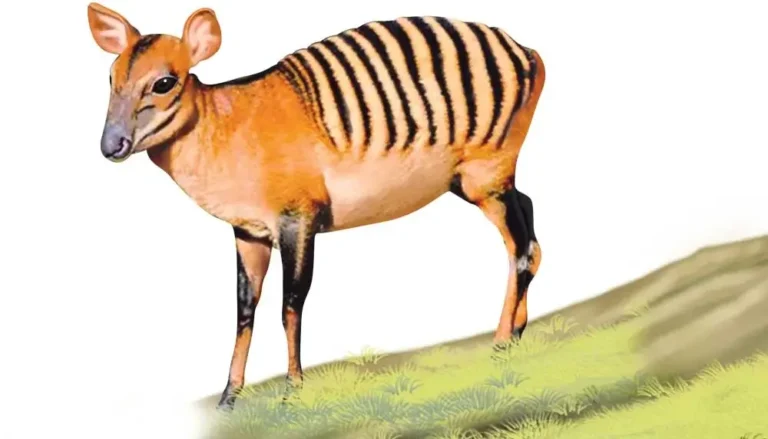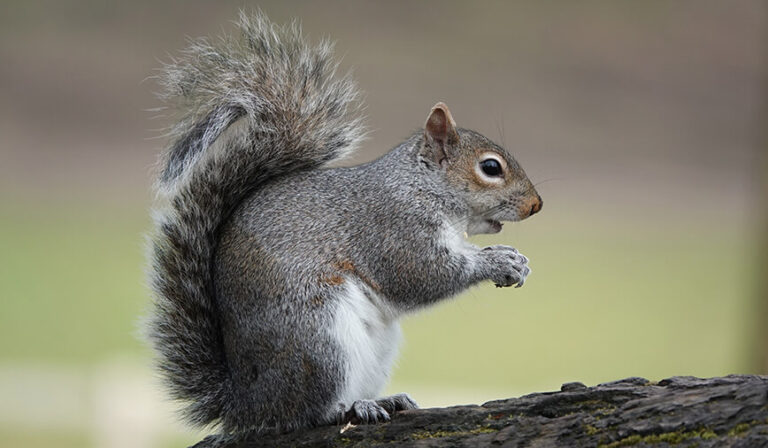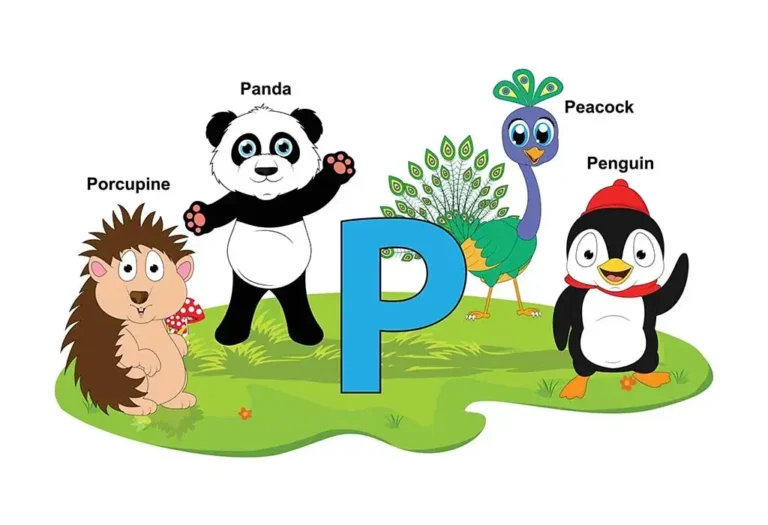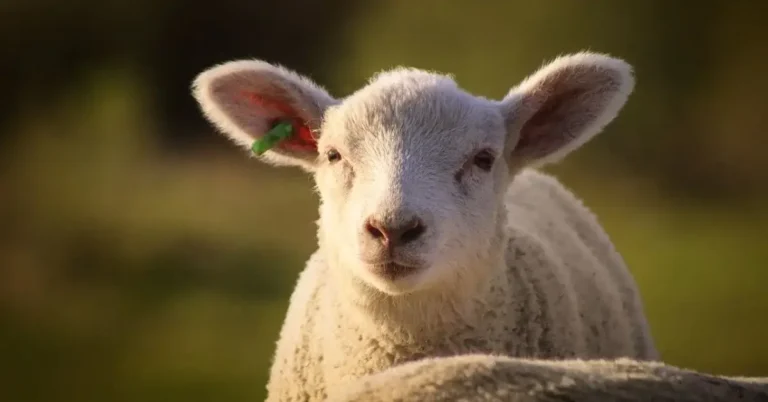Top Animals That Start with H: Fascinating Facts & Details
Animals have always fascinated us with their diverse characteristics, behaviors, and roles in the ecosystem. The letter “H” introduces us to an exciting variety of animals ranging from everyday household pets to unique wildlife across continents. This guide explores the most intriguing and famous animals, starting with the letter “H.” From the powerful Hippopotamus to the graceful Heron, each animal carries its distinct charm, evolutionary history, and role in nature’s tapestry.
Understanding these animals isn’t just about recognizing their names; it’s about appreciating their significance in the wild and the delicate balance they maintain within their ecosystems. Whether you are an animal enthusiast, a student looking to learn more, or someone who loves nature, this comprehensive guide will provide insightful knowledge, captivating facts, and a closer look at these fascinating creatures. Let’s dive into the world of animals that start with “H” and discover what makes each unique.
Contents
Alphabetical List of Animals That Start with H

| Habu Snake | Hawaiian Monk Seal | Hornbill |
| Haddock | Hawk | Horned Adder |
| Hagfish | Hawk Moth Caterpillar | Horned Beetle |
| Haikouichthys | Haast’s Eagle | Horned Grebe |
| Hainosaurus | Helicoprion | Horned Lizard |
| Hairy Frogfish | Hellbender | Horned Viper |
| Hairy Woodpecker | Hepatic Tanager (Red Tanager) | Hornet |
| Hairy-footed Flower Bee | Hercules Beetle | Horse |
| Halibut | Hercules Moth | Horse Mackerel |
| Hallucigenia | Hermit Crab | Horsefly |
| Hamburg Chicken | Heron | Horseshoe Crab |
| Hammerhead Shark | Herrerasaurus | Houdan Chicken |
| Hammerhead Worm | Herring | House Finch |
| Hammond’s Flycatcher | Herring Gull | House Sparrow (English Sparrow) |
| Hamster | Highland Cattle | House Wren |
| Harbor Porpoise | Himalayan | Housefly |
| Harbor Seal | Hippopotamus | Hovasaurus |
| Hardhead Catfish | Hippopotamus Gorgops | Hovawart |
| Hare | Hoary Bat | Howler Monkey |
| Harlequin Coral Snake | Hobo Spider | Human |
| Harlequin Duck | Hog | Humboldt Penguin |
| Harlequin Rabbit | Hogfish | Humboldt Squid |
| Harp Seal | Hognose Snake | Hummingbird |
| Harpy Eagle | Hokkaido | Hummingbird Hawk-Moth |
| Harrier | Holy Cross Frog | Humpback Whale |
| Harris’s Hawk | Honduran White Bat | Huntaway |
| Hartebeest | Honey Badger | Huntsman Spider |
| Hatzegopteryx | Honey Bee | Huskador |
| Havamalt | Honey Buzzard | Huskita |
| Havanese | Hooded Oriole | Husky |
| Havapoo | Hooded Seal | Husky Jack |
| Havashire | Hook-Nosed Sea Snake | Huskydoodle |
| Havashu | Hoopoe | Hyacinth Macaw |
| Hawaiian Crow | Horgi | Hyaenodon |
| Hawaiian Goose (Nene) | Horn Shark | Hyena |
What You Will Learn in This Guide:
- Detailed descriptions of each animal, including their physical attributes and habitats.
- These animals exhibit interesting behaviors and survival tactics in the wild.
- Conservation status and the efforts being made to protect these species.
- Unique facts that set these animals apart from others in the animal kingdom.
This guide is structured to provide in-depth and factual information, drawing from the most reliable sources and top competitors’ data. Each animal profile will give you a complete overview, helping you understand their importance in the wild and why they are worth knowing. Let’s embark on this exploration of the top 10 famous animals, starting with “H.”
More animals that start with: A | B | C | D | E | F | G | H | I | J | K | L | M | N | O | P | Q | R | S | T | U | V | W | X | Y | Z
Top 10 Animals That Start With H | animals beginning with h
1. Hippopotamus

The Hippopotamus, or “hippo,” is one of the most iconic large mammals native to sub-Saharan Africa. Known for their massive size and unique appearance, hippos are semi-aquatic animals often lounging in rivers and lakes. Despite their bulky build, they are surprisingly fast and can be extremely dangerous when threatened. Hippos play a crucial role in their ecosystem, helping to shape the riverine environments where they live. With powerful jaws and large teeth, they can crush almost anything that comes too close, making them one of Africa’s most formidable animals.
Key Attributes:
- Habitat: Rivers, lakes, and wetlands in sub-Saharan Africa.
- Diet: Herbivorous, primarily grass.
- Conservation Status: Vulnerable due to habitat loss and poaching.
- Interesting Fact: Hippos can run up to 30 km/h on land despite their size.
Related: Hippopotamus Names
2. Hyena
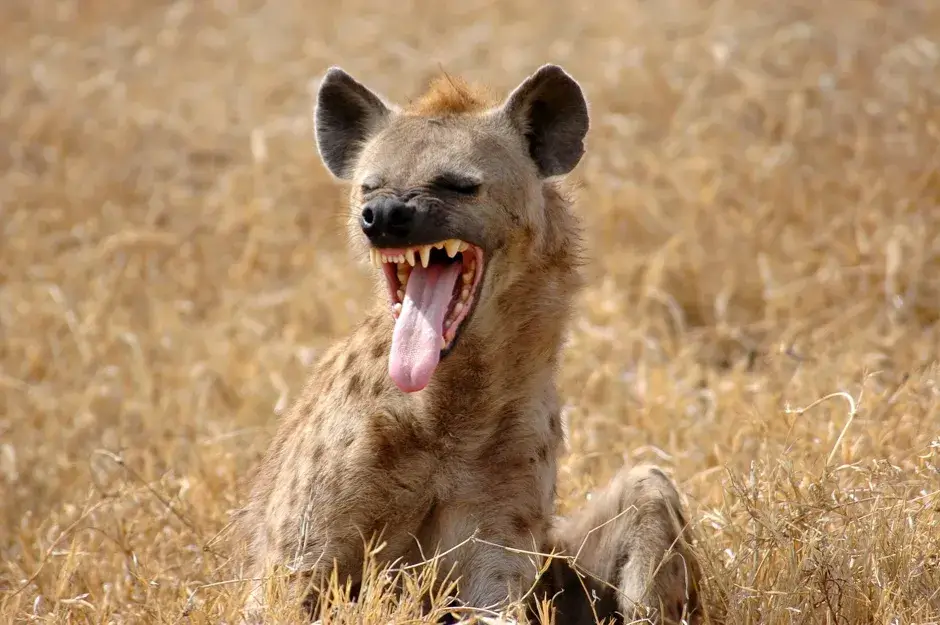
Hyenas are often misunderstood due to their portrayal as scavengers, but they are skilled hunters and incredibly intelligent mammals. Native to Africa and parts of Asia, hyenas live in complex social structures known as clans. They are known for their distinctive “laugh,” a form of communication within their social groups. The spotted hyena, in particular, has a highly organized matriarchal society where females dominate.
Key Attributes:
- Habitat: Savannahs, grasslands, and forests in Africa.
- Diet: Carnivorous; they hunt and scavenge.
- Conservation Status: Vary by species; spotted hyenas are the least concerned, while others face threats.
- Interesting Fact: Hyenas have one of the most vital bite forces relative to body size among mammals.
3. Hawk
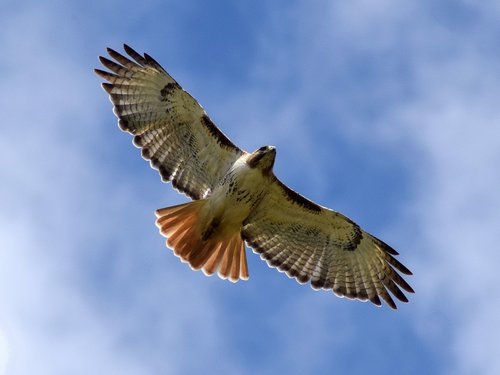
Hawks are powerful birds of prey known for their keen eyesight and swift hunting skills. They are found worldwide, with various species adapted to different environments, from forests to deserts. Hawks are apex predators in their habitats, playing a vital role in controlling the population of smaller animals. They are adept at catching and consuming prey with sharp talons and strong beaks.
Key Attributes:
- Habitat: Forests, mountains, deserts, and urban areas globally.
- Diet: Carnivorous, feeding on rodents, birds, and insects.
- Conservation Status: Most species are of minor concern, though some are endangered.
- Interesting Fact: Hawks can see up to eight times better than humans, allowing them to spot prey from great distances.
Related: 8 Types Of Hawks In Arizona
4. Hedgehog

The hedgehog is a small mammal recognized by its spiky coat of quills. Native to Europe, Asia, and Africa, hedgehogs are nocturnal creatures that feed on insects, worms, and small vertebrates. They have a unique defense mechanism where they roll into a tight ball, exposing only their sharp spines to predators. This behavior and their endearing appearance have made them popular as pets in some regions.
Key Attributes:
- Habitat: Forests, grasslands, and gardens in Europe, Asia, and Africa.
- Diet: Insectivorous, feeding on insects, worms, and fruits.
- Conservation Status: Some species are threatened due to habitat loss and road accidents.
- Interesting Fact: Hedgehogs can travel up to 3 km in a single night searching for food.
Related: Hedgehog Names
5. Heron

Herons are large, long-legged, wading birds commonly found in wetlands worldwide. Known for their graceful appearance and impressive hunting skills, herons feed mainly on fish, frogs, and small aquatic creatures. They have a specialized hunting technique involving standing still in the water and waiting for prey to come close, then striking with lightning-fast reflexes.
Key Attributes:
- Habitat: Wetlands, rivers, and coastal areas around the world.
- Diet: Carnivorous, primarily fish and small aquatic animals.
- Conservation Status: Most species are of minor concern, but habitat destruction poses threats.
- Interesting Fact: Herons have specialized neck vertebrae that allow them to strike at prey incredibly fast.
6. Hummingbird
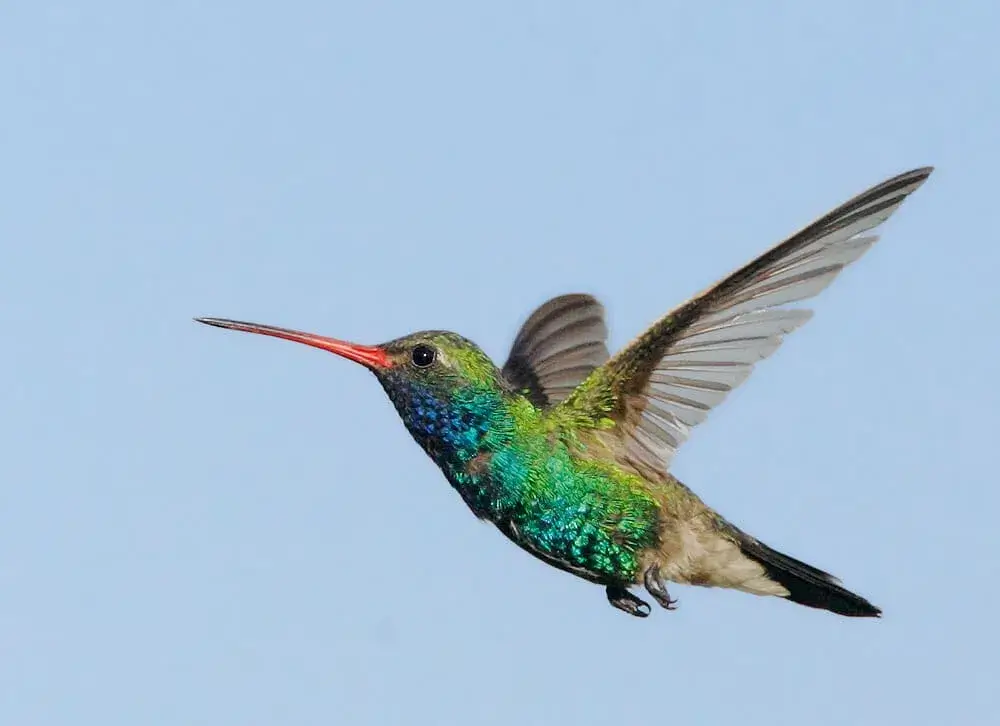
Hummingbirds are among the smallest birds in the world, renowned for their iridescent feathers and rapid wingbeats. Found mainly in the Americas, these tiny birds can hover in mid-air and fly backward, thanks to their unique wing structure. They are crucial pollinators for many plant species, particularly in tropical and subtropical regions.
Key Attributes:
- Habitat: Forests, gardens, and meadows in the Americas.
- Diet: Primarily nectar, but also insects and spiders.
- Conservation Status: Varies by species; some are endangered due to habitat loss.
- Interesting Fact: Hummingbirds can beat their wings up to 80 times per second.
Related: Xantus’s Hummingbird
7. Harp Seal
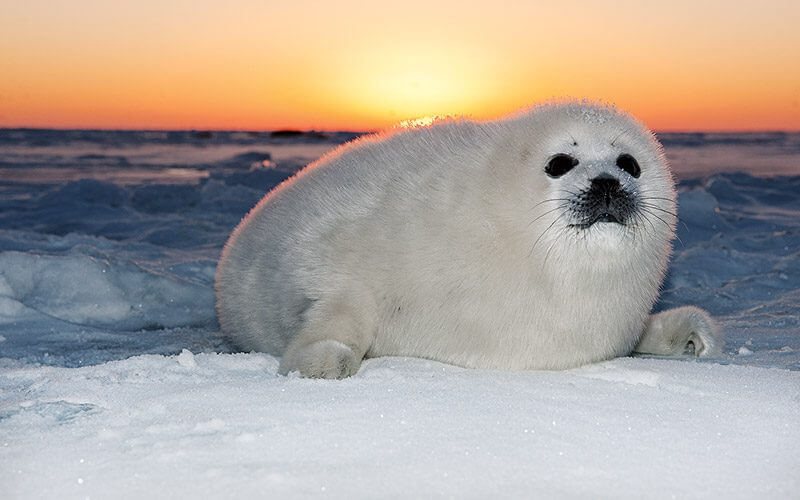
Harp seals are known for their distinctive white fur as pups and are native to the icy waters of the Arctic and North Atlantic. They are excellent swimmers and divers, capable of holding their breath for up to 15 minutes. Harp seals primarily feed on fish and crustaceans and are a critical component of the Arctic marine ecosystem.
Key Attributes:
- Habitat: Arctic and North Atlantic Oceans.
- Diet: Carnivorous, mainly fish and crustaceans.
- Conservation Status: Least concern, but they face threats from climate change and hunting.
- Interesting Fact: Harp seal pups are born with pure white fur, which helps them blend into their snowy environment.
8. Hornbill

Hornbills are large, colorful birds with distinctive curved bills. They are native to tropical and subtropical regions of Africa and Asia. Known for their vibrant plumage and unique nesting habits, hornbills play a vital role in their ecosystems by dispersing seeds and maintaining forest health. Some species have a casque, a hollow structure on top of their bill, which is believed to amplify their calls.
Key Attributes:
- Habitat: Tropical and subtropical forests in Africa and Asia.
- Diet: Omnivorous, feeding on fruit, insects, and small animals.
- Conservation Status: Varies; some species are endangered due to habitat destruction.
- Interesting Fact: Hornbills seal themselves in tree cavities to lay eggs, leaving only a tiny slit for the male to pass food.
9. Hamster
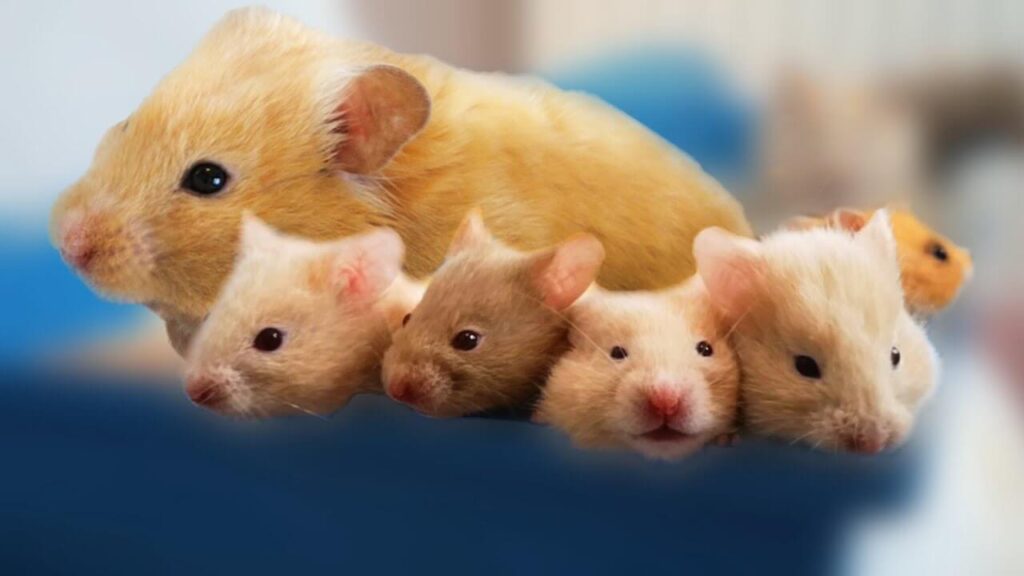
Hamsters are small rodents known for burrowing behavior and cheek pouches used to store food. Native to parts of Europe and Asia, hamsters have become popular as pets worldwide. They are nocturnal and thrive in dry, warm environments. In the wild, they play a crucial role in the food chain, serving as prey for various predators.
Key Attributes:
- Habitat: Deserts, steppes, and scrublands in Europe and Asia.
- Diet: Omnivorous, feeding on grains, seeds, and small insects.
- Conservation Status: Varies by species; some are endangered due to habitat loss.
- Interesting Fact: Hamsters can carry food up to half their body weight in their cheek pouches.
10. Honeybee
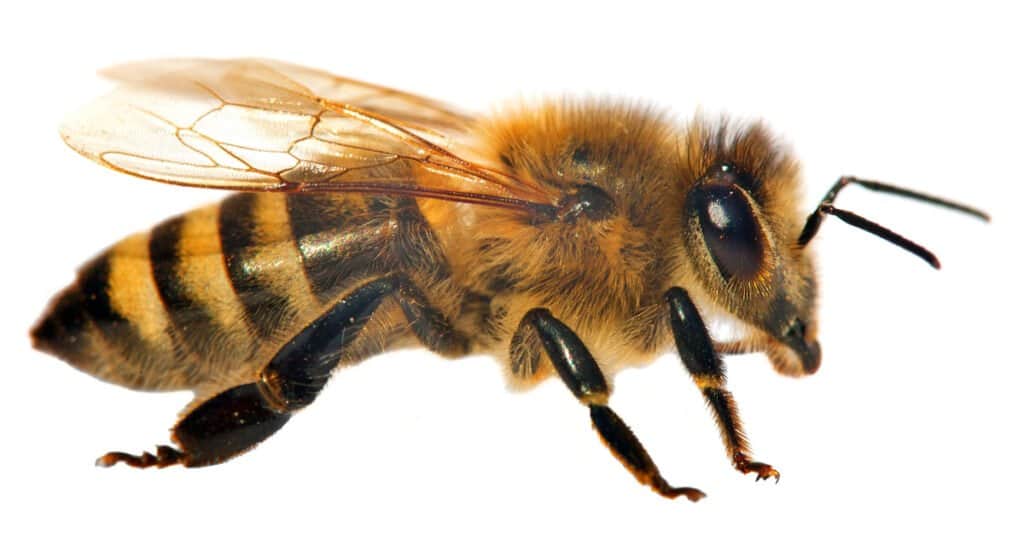
The Honeybee is a tiny, flying insect renowned for its role in pollination and honey production. Honeybees are vital to the ecosystem and agriculture, contributing significantly to the pollination of crops. They live in highly organized colonies with a single queen, thousands of workers, and a few drones. Honeybees communicate through “waggle dances” to convey the location of food sources.
Key Attributes:
- Habitat: Worldwide, with colonies in hives in forests, gardens, and human-made structures.
- Diet: Herbivorous, feeding on nectar and pollen.
- Conservation Status: Varies; facing pesticide threats, habitat loss, and disease.
- Interesting Fact: A single honeybee can visit up to 5,000 flowers in one day.
Related Posts:
- Top Animals That Start With A
- Top Animals That Start With B
- Top Animals That Start With C
- Top Animals That Start With D
- Top Animals That Start With E
- Top Animals That Start With F
- Top Animals That Start With G
Conclusion
From the fierce Hippopotamus to the delicate Honeybee, the letter “H” introduces fascinating animals with unique traits and stories. Each animal plays a vital role in its ecosystem, contributing to the remarkable biodiversity of our planet. Understanding these animals helps us appreciate their significance and the need to protect their natural habitats. As we continue to explore and learn, let’s remember the importance of conservation efforts to ensure these incredible creatures thrive for generations.
- Are Rottweilers Good With Kids? Reasons & Training Tips - 17 September 2025
- How Long Are Dogs Pregnant: Complete Guide - 16 September 2025
- German Shepherd Doberman Mix: Info, Pictures, Care & More - 11 September 2025


